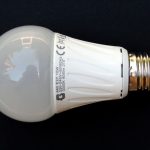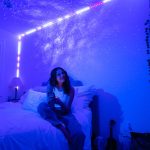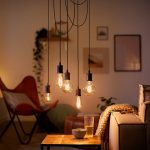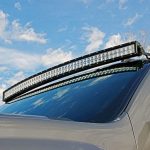Wiring an LED Light Fixture: A StepbyStep Guide to Illuminate Your Space
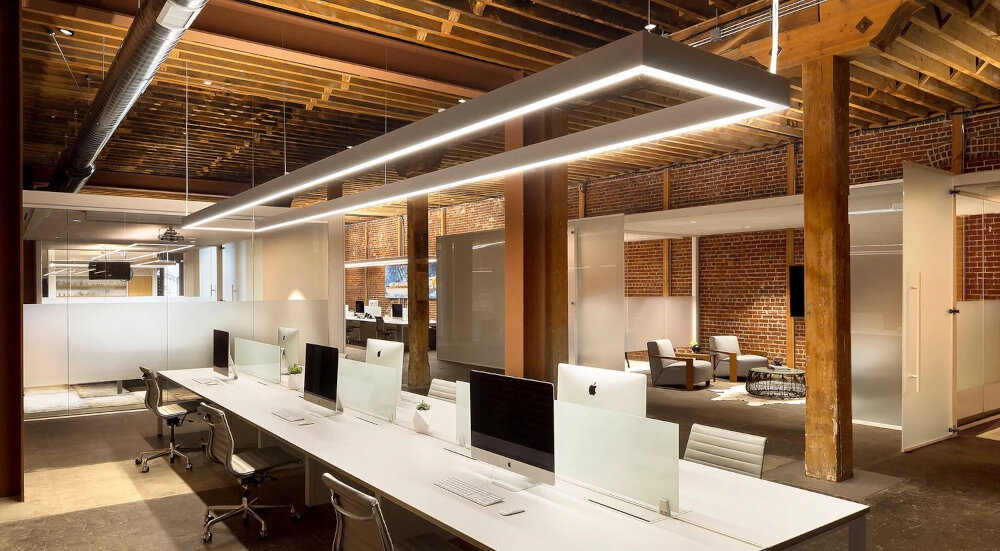
Lighting plays a crucial role in the ambiance and functionality of any space, be it a home or an office. LED light fixtures are a popular choice for their energy efficiency, durability, and versatility. While installing a new LED fixture may seem daunting, it is actually a straightforward process that can be done with a few basic tools and some patience. In this step-by-step guide, we will walk you through the process of wiring an LED light fixture, so you can illuminate your space and enjoy the benefits of cost-effective and eco-friendly lighting. Whether you’re upgrading your existing lighting or starting from scratch, wiring an LED light fixture is a great way to add style and functionality to your space. From choosing the right fixture to wiring it safely and efficiently, there are several steps to follow to ensure a successful installation. By following this guide, you’ll learn everything you need to know about wiring an LED light fixture, including how to select the right tools and materials, how to connect wires, and how to test your new fixture to ensure it works properly. Whether you’re a DIY enthusiast or a beginner, you’ll find this guide helpful and informative, so let’s get started!
LED lights are an energy-efficient and cost-effective lighting solution that has gained immense popularity in recent times. LEDs, or Light Emitting Diodes, are semiconductor devices that emit light when an electric current passes through them. These lights are incredibly versatile and can be used in various applications, from illuminating homes, offices, and commercial spaces to backlighting mobile devices and televisions. The benefits of LED lights are numerous, including their long lifespan, low energy consumption, and low heat output. Additionally, LED lights are eco-friendly and help reduce carbon emissions, making them an excellent choice for those who want to reduce their carbon footprint.
The wiring process for an LED light fixture involves connecting the wires from the power source to the driver, which regulates the voltage and current to the LED. The driver is then connected to the LED board, which contains the individual LED chips that emit light. The wires must be properly stripped and connected using wire connectors, ensuring that the positive and negative connections are correct. It is important to follow the manufacturer’s instructions and safety precautions when wiring the fixture, and to test the connections before installing the fixture in your space. With careful attention to detail and proper technique, the wiring process can be completed smoothly and result in a beautifully illuminated space.
Tools and Materials
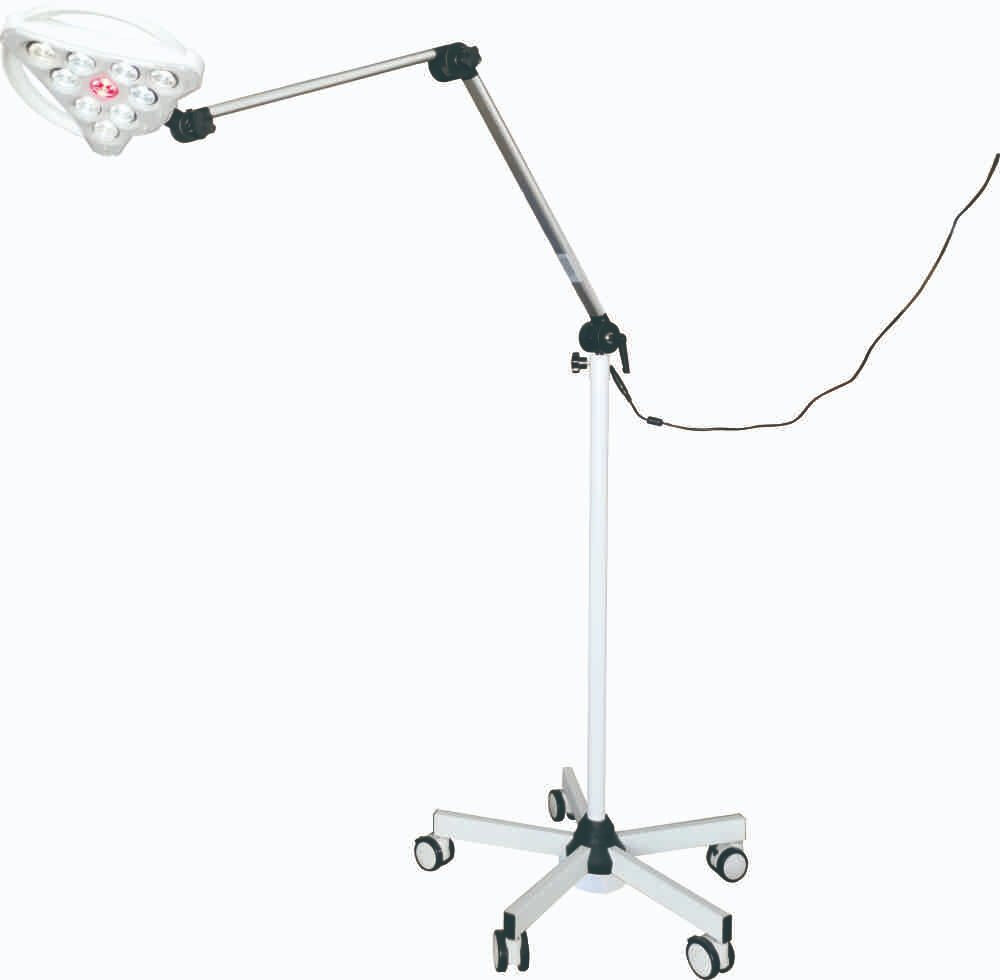
When it comes to wiring an LED light fixture, having the right tools and materials is crucial for a successful installation. The basic tools you will need include wire strippers, pliers, a screwdriver, and a voltage tester. These tools will help you safely strip the wires, connect them to the fixture, and test the circuit to ensure everything is working correctly. Additionally, you may need a drill and screws if you are installing the fixture onto a surface such as a ceiling or wall. It is important to note that if you are not familiar with using these tools, it is best to seek the help of a licensed electrician. In addition to the tools, you will also need specific materials for wiring an LED light fixture. This includes electrical wire, wire connectors, a junction box, and the LED light fixture itself. It is important to choose the correct gauge wire for your installation, as using wire that is too thin can result in overheating and a potential fire hazard. Wire connectors are necessary to join the wires together, and a junction box is used to protect the connections and ensure they are not exposed. Finally, the LED light fixture is the centerpiece of your installation and should be chosen based on your personal preferences and the lighting needs of the space. With the right tools and materials, you can easily wire an LED light fixture and enjoy the benefits of energy-efficient lighting in your home or office.
Before wiring an LED light fixture, it is crucial to have all the necessary tools and materials at hand. You will need a screwdriver, wire stripper, pliers, electrical tape, wire connectors, and a voltage tester to ensure safety. The LED light fixture kit, which includes the LED driver, LED strip, and a mounting plate, is also necessary. Moreover, it is essential to have an electrical box, wire nuts, and a power source, such as a wall switch or plug, to connect the fixture to the electrical supply. Having all these tools and materials within reach will make the wiring process efficient and ensure that the LED light fixture operates correctly.
Wiring an LED light fixture requires several tools and materials to ensure a safe and successful installation. The primary tools include wire strippers, pliers, a screwdriver, and a voltage tester. Wire strippers are used to remove the insulation from the wires, while pliers are used to twist the wires together. A screwdriver is used to connect the fixture to the electrical box, and a voltage tester is used to ensure that the power is disconnected before starting the installation. The necessary materials include electrical wire, wire nuts, a junction box, and the LED light fixture itself. Electrical wire is used to connect the fixture to the power source, while wire nuts are used to secure the connections. The junction box is used to house the wires and provide a safe and secure connection point. The LED light fixture is the centerpiece of the installation, providing energy-efficient and long-lasting illumination to any space.
StepbyStep Guide
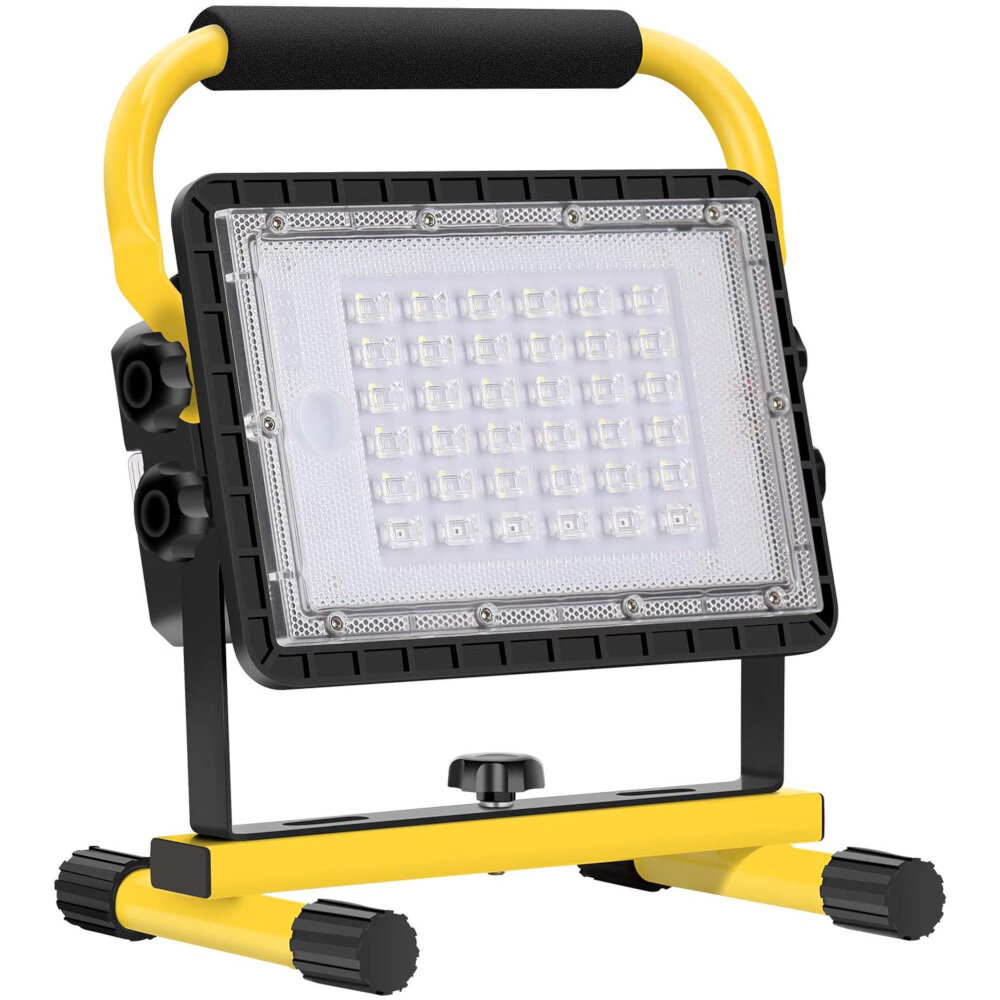
When it comes to illuminating your space, LED light fixtures are a popular and energy-efficient option. However, wiring an LED light fixture may seem daunting for those who are not experienced in electrical work. Fortunately, with a step-by-step guide, anyone can successfully wire an LED light fixture and brighten up their space. To begin, gather all the necessary tools and materials, including the LED light fixture, wire strippers, wire nuts, and electrical tape. Before starting any electrical work, always turn off the power at the circuit breaker to prevent electrical shock. Once the power is off, remove the old light fixture and carefully disconnect the wires. Then, connect the wires from the new LED light fixture to the corresponding wires in the ceiling, using wire nuts to secure the connections. Finally, test the light fixture to ensure it is working properly before turning the power back on. By following this step-by-step guide, wiring an LED light fixture can be a simple and rewarding DIY project.
The first step in wiring an LED light fixture is to turn off the power source. This is a crucial safety measure that should never be skipped. Failure to turn off the power source can result in electric shock or even electrocution, which can be fatal. Therefore, it is important to locate the circuit breaker that controls the power to the area where you intend to install the LED light fixture and turn it off. Additionally, it is advisable to use a voltage tester to confirm that the power has been completely shut off before proceeding with the installation process. By taking this crucial step, you can ensure that you can safely install your LED light fixture without putting yourself or others in danger.
After identifying the positive and negative terminals of the LED driver, it’s time to connect wires to it. Firstly, make sure that the power is disconnected from the circuit to avoid any electrical hazards. Then, take the positive wire from the LED light fixture and connect it to the positive terminal of the LED driver, usually marked with a \+\ sign. Similarly, connect the negative wire from the LED light fixture to the negative terminal of the LED driver, marked with a \-\ sign. Ensure that the connections are tight and secure to prevent any loose connections that could potentially cause a short circuit or malfunction. It’s also recommended to use wire connectors or electrical tape to secure the connections and provide additional insulation. Once you’ve completed this step, you’re one step closer to illuminating your space with your newly installed LED light fixture.
Step 3 in wiring an LED light fixture involves connecting the LED driver to the power source. This is a crucial step as it ensures that the LED light will receive the necessary power to function properly. The LED driver acts as a power supply for the LED light and regulates the voltage and current to ensure that the light operates efficiently and safely. It is important to follow the manufacturer’s instructions carefully and make sure that the LED driver is properly wired to the power source. Once this step is completed, you can proceed with the installation of the LED light fixture and enjoy the energy-efficient and long-lasting illumination it provides.
After successfully wiring the driver, the next step is to connect the LED light fixture to the driver. This is a crucial step in illuminating your space with LED lighting. Begin by identifying the positive and negative wires of the LED fixture. Connect the positive wire of the LED fixture to the positive output of the driver, and the negative wire of the LED fixture to the negative output of the driver. Ensure that the connections are secure and tight to prevent any loose connections that may cause flickering or failure of the LED. Once the connections are made, turn on the power source to test the LED light fixture. If it illuminates, then congratulations, you have successfully wired and connected your LED light fixture.
After completing all the previous steps of wiring an LED light fixture, it is time to turn on the power source and test the fixture. This final step is crucial to ensure that the installation has been done correctly and the fixture is functioning properly. Once the power is turned on, the LED light should illuminate brightly and without flickering. If the light does not turn on or there are any issues with the illumination, it is important to double-check the wiring and connections made in the previous steps. If everything looks correct but the light still does not work, it may be necessary to seek the assistance of a professional electrician. Overall, turning on the power source and testing the LED light fixture is a quick and simple process that brings the entire installation to completion.
Tips and Precautions
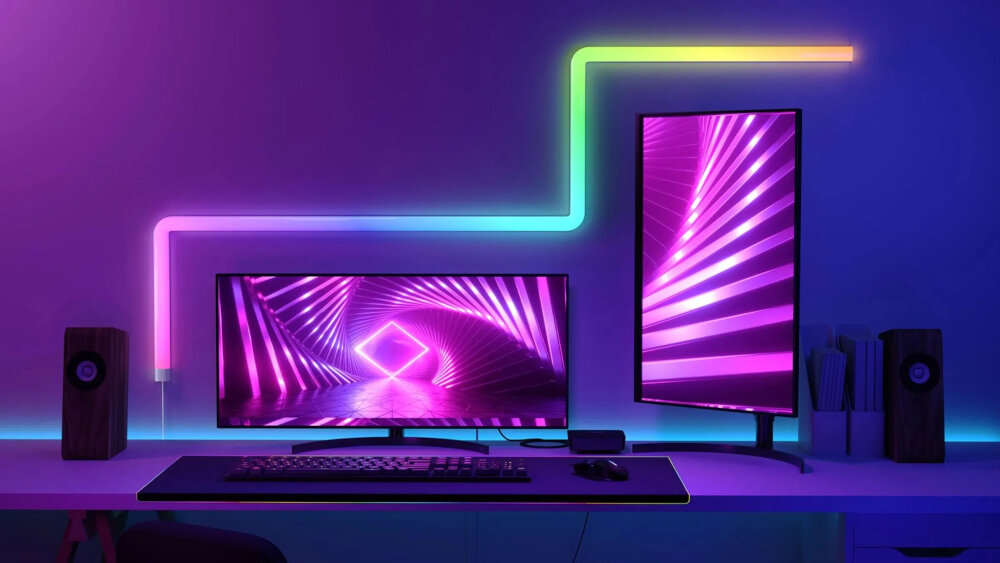
When it comes to wiring an LED light fixture, taking the necessary precautions can make all the difference in ensuring safety and avoiding accidents. Before starting any electrical work, it is essential to turn off the power supply to the area you will be working in. This can be done at the circuit breaker or fuse box, and it is crucial to double-check that the power is off before you start working. Wearing rubber-soled shoes and gloves can also help protect against electrical shock. Another critical precaution to take when wiring an LED light fixture is to make sure that any wires you are working with are not live. Use a voltage detector to test wires before touching them, and never assume that a wire is safe just because it has been turned off. Additionally, it is essential to use the proper tools and equipment for the job. Using pliers or wire cutters that are not intended for electrical work can lead to accidents, so investing in high-quality electrical tools is a must. In addition to taking precautions, there are a few tips to keep in mind when wiring an LED light fixture. First, make sure to read the manufacturer’s instructions carefully before starting the job. LED light fixtures can vary widely depending on the manufacturer, so it is essential to understand the specific requirements for your particular fixture. Additionally, take the time to plan your wiring carefully before you begin. Map out where your wires will run and make sure that there is enough clearance for them. Finally, always double-check your work before turning the power back on. Testing the fixture with a voltage detector can give you peace of mind and help ensure that everything is connected correctly.
To ensure a successful wiring process when installing an LED light fixture, there are a few important tips to keep in mind. First, make sure to turn off the power supply to the area where the fixture will be installed to avoid electrical shock. Secondly, carefully read the manufacturer’s instructions and gather all necessary tools and materials before beginning the wiring process. Properly strip and connect the wires, and use wire nuts to secure them in place. It’s also important to test the fixture before permanently mounting it to ensure it’s working properly. Following these tips will help ensure a safe and successful installation of your LED light fixture.
When wiring an LED light fixture, it’s essential to take precautions to avoid potential hazards. Firstly, ensure that the power is turned off before beginning the installation process. This will prevent electrocution and other electrical accidents. Secondly, handle the wiring and components with care, using appropriate tools and equipment. Avoid frayed or damaged wires, and never touch any exposed wires with your bare hands. Lastly, ensure that the LED fixture is securely mounted and installed according to the manufacturer’s instructions. This will prevent falling fixtures, which can cause injury or damage to property. By taking these precautions, you can safely and confidently install your LED light fixture, illuminating your space with style and ease.
LED lights have rapidly gained popularity in recent years due to their energy efficiency, long lifespan, and versatility. The installation process of LED lights is relatively simple and can be done in a few steps. Firstly, select the appropriate LED fixture, and ensure that the wiring is compatible. Secondly, carefully wire the fixture and connect it to a power source. Lastly, test the light and adjust it as necessary. The benefits of LED lights are numerous, including lower energy bills, reduced carbon footprint, and increased durability. Additionally, LED lights emit less heat, making them safer to use and reducing the risk of fire hazards. Their versatility allows them to be used in various settings, from residential to commercial, providing a cost-effective and environmentally friendly lighting solution.
If you’re a DIY enthusiast looking to add some illumination to your space, wiring an LED light fixture can be a fun and rewarding project to take on. Don’t be intimidated by the prospect of working with electrical components, as long as you follow the step-by-step guide and take safety precautions, it’s a manageable task. By building your own LED fixture, you have the freedom to customize the size, shape, and color temperature of the light to suit your needs. It’s also an opportunity to save money and energy with the long-lasting and energy-efficient LED bulbs. So, roll up your sleeves and get ready to brighten up your space with your own handmade LED light fixture!
Conclusion
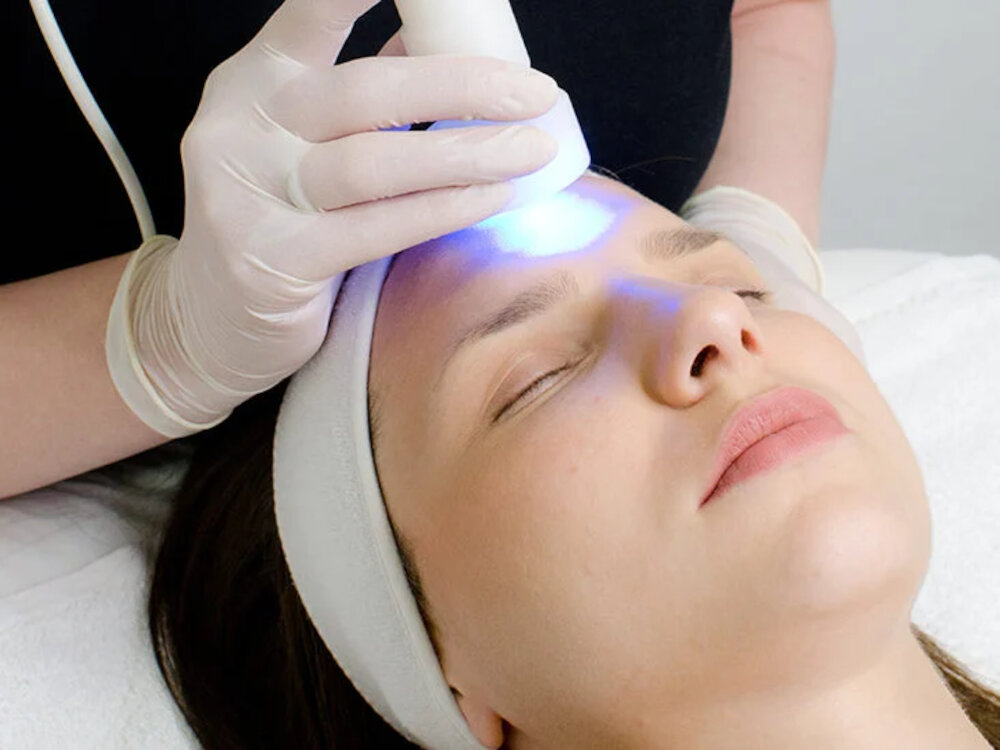
In conclusion, wiring an LED light fixture is an excellent way to add illumination to your space. By following the step-by-step guide outlined above, you can confidently and safely install LED light fixtures in your home or office. LED lights not only provide bright and efficient lighting, but they also offer a range of benefits, including energy savings, long lifespan, and low maintenance costs. So why not brighten up your space and switch to LED lighting today? With this guide, you’ll be able to do it with ease and confidence. Illuminate your space in style and enjoy the many benefits of LED lighting.

